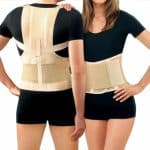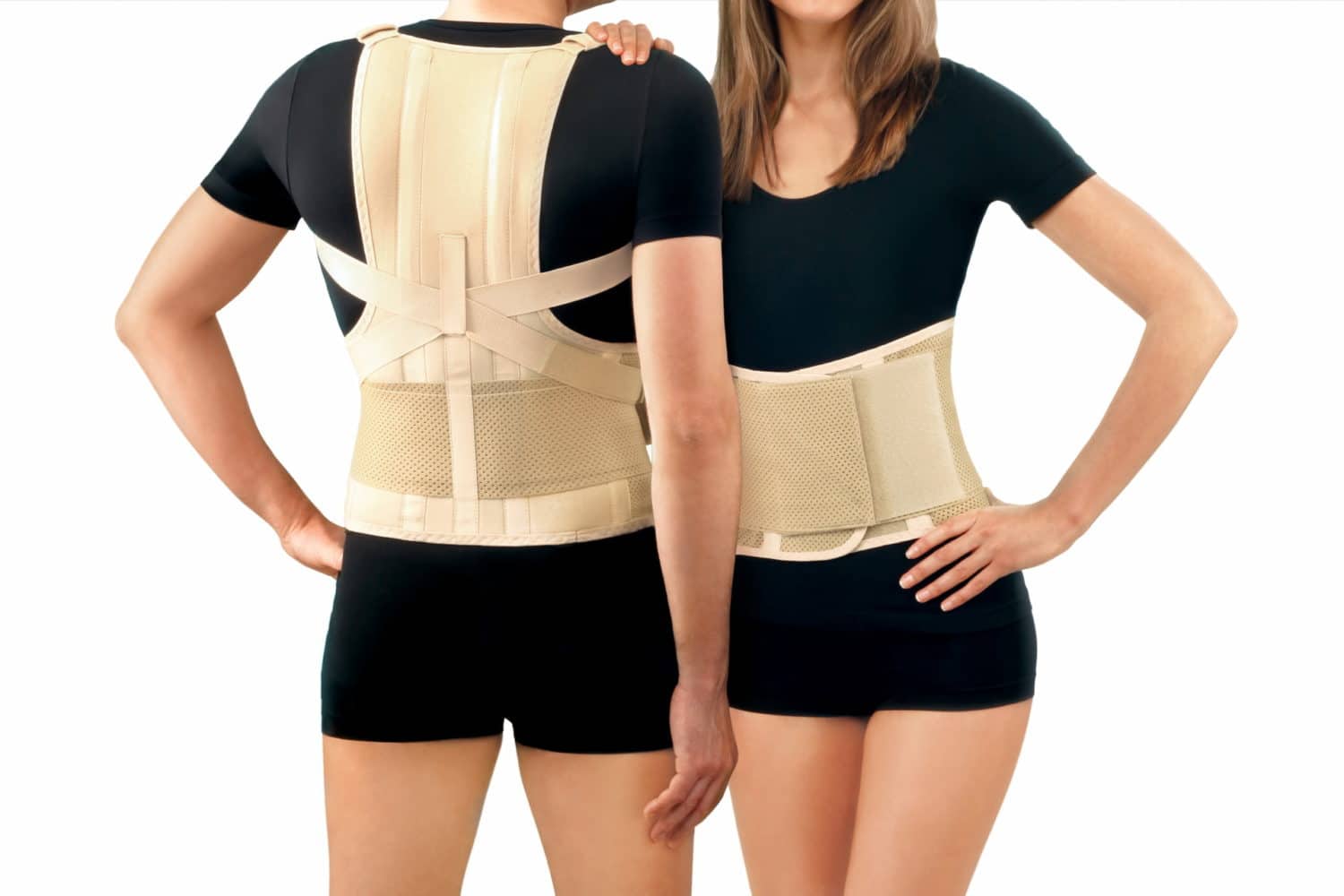As part of your body’s core, your back is crucial to movement and provides the necessary stability you need. As important as the back is, it is often an afterthought until there are issues. These issues often come in the form of pain.
Dealing with back pain can be excruciating. No matter what position you sit or lie in, it seems there is no relief. The pain can interfere with sleep, movement, work productivity, and overall quality of life. Fortunately, back braces are a great option to consider if you’ve not yet found a solution to help alleviate your pain.
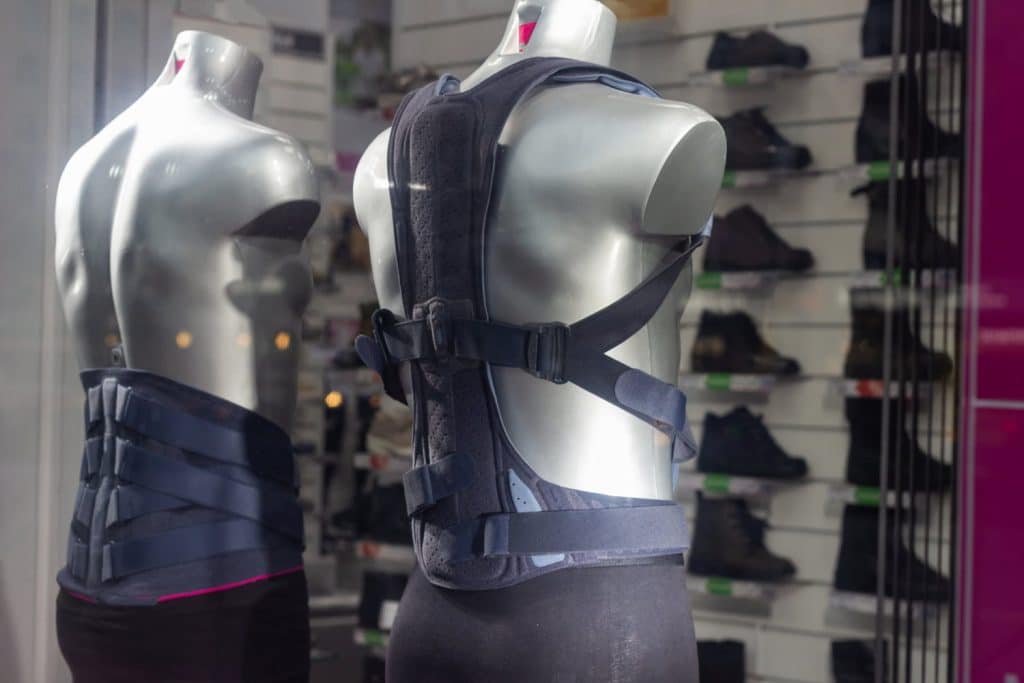
What are Back Braces?
A back brace is an orthopedic device that is meant to correct various back issues by providing support and stability.
It can even be used to correct misalignment of the spine. The brace is made of elasticated fabric and can either look like a large belt or even be a full bodysuit, depending on your needs.
What are Orthoses?
An orthosis is a particular type of lumbar support brace. Also known as a rigid back brace, it is made with either metal or hard plastic. It is typically used for more severe back injuries.
The brace is meant to limit the movement of your back and distribute the pressure so that it has a chance to heal.
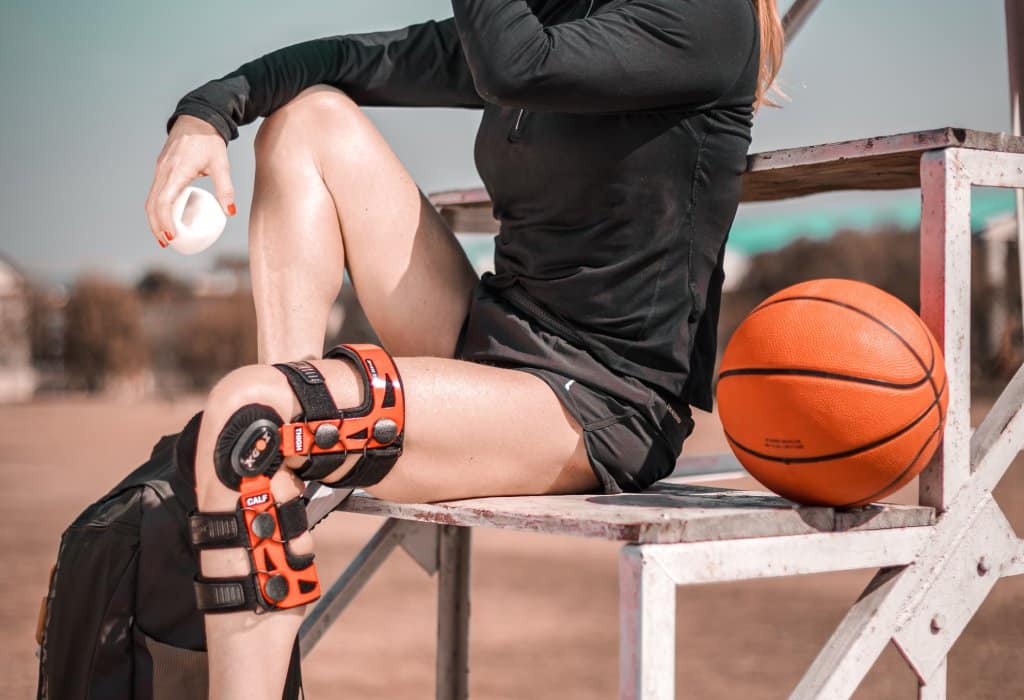

Understanding Lower Back Pain
Back pain can be classified as either acute or chronic. Acute back pain usually comes as a result of an injury or some kind of overexertion that leads to a sprain or strain.
Chronic back pain lasts over three months. The same injuries that result in acute back pain can also lead to chronic back pain if the body does not have a chance to heal correctly or quickly enough.
Other causes of lower back pain could be prolonged improper posture, repetitive movements, or issues with the spinal discs. These discs can become herniated and press on a nerve or the fluid can be insufficient, leading to friction and tears.
How does back brace support work?
Back pain braces are meant to address a wide range of issues affecting the back that are causing chronic or acute pain. They are a vital part of the treatment plan, allowing the back to heal.
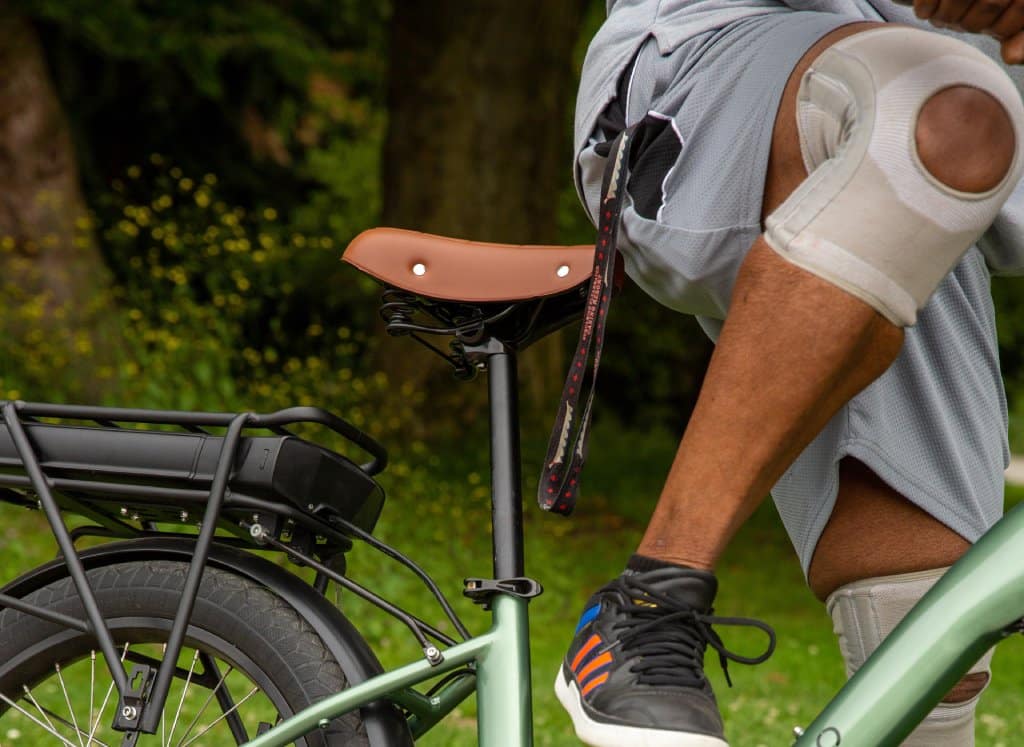
Different types of back braces

Rigid back braces
As mentioned earlier, rigid back braces are also known as orthoses. They are a hardy back belt for back pain that is especially excruciating due to some type of acute injury or surgery.
They are made from hard plastic or metal and cotton or canvas to restrict motion. This gives adequate support, which will help with pain as well as promote faster healing. Although they are rigid, there is often adjustable customization for a proper fit.
Soft back braces
Soft back braces are also referred to as elastic or neoprene braces because of the stretchy material they’re made of. They can be made of blends of elastic with cotton, nylon, canvas, and/or neoprene. They are flexible and easy to use every day. Their support isn’t as robust as rigid braces. They’re mainly meant for sprains and strains. They come in many sizes and shapes, meant to address different areas of the back, depending on the nature and extent of the issue that’s leading to the pain. A corset brace is more flexible and allows limited bending. A lumbar or sacroiliac belt is more restrictive.
What Makes Bauerfeind Medical Back Braces Unique
Bauerfeind back braces are a German-made back pain solution offering unique support without compromising comfort. They are made with the ideal anatomical shape in mind and gently mould your back into this shape. They are made from Train knit fabric which compresses the back, limiting movement.
Additionally, they have special massage pads to promote circulation and muscle activation. The material the braces are made of is breathable and can easily be washed. They are designed to feel comfortable while also looking good.
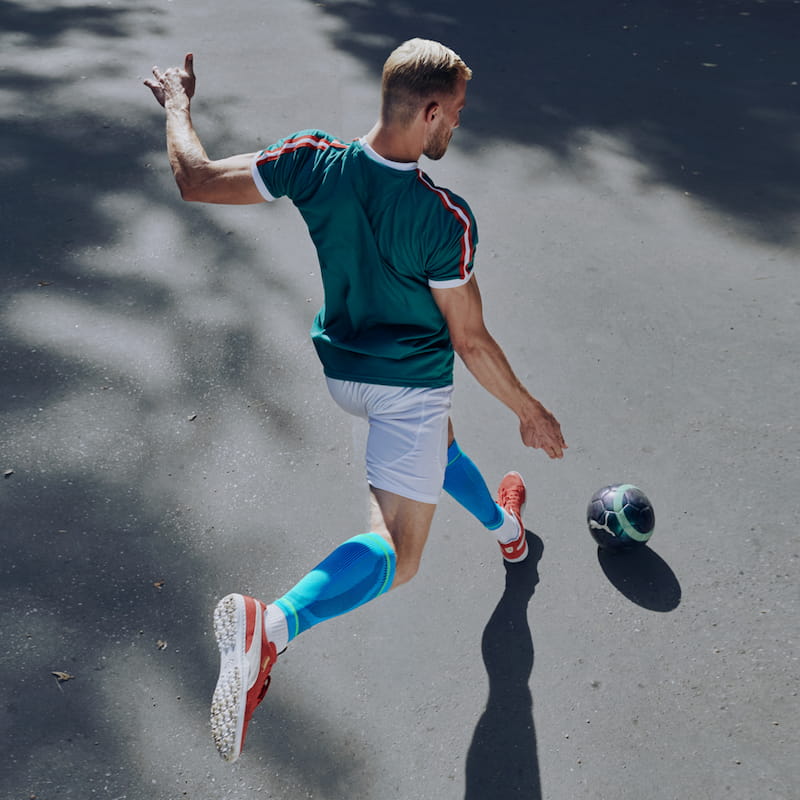
Proven case studies
Bauerfeind has statistics from research conducted by several back pain experts regarding the effectiveness of their Bauerfeind back braces. For starters, the studies showed that up to 84% of people suffered from less pain as a result of using a brace. For those who needed pain medication for their back pain, 65% were able to reduce their use of it following their use of a brace. Overall, the studies found that while using a Bauerfeind back brace, in particular, people were able to have 52 days with less pain.
We now carry Bauerfeind Orthoses. Discover which one is right for you.

Pros and cons of using back pain braces
When deciding whether a back brace is an option you should try, it is important to understand the pros and cons of using one. One pro is that the back brace support for lower back pain can be an important part of your back’s healing process by offering adequate support and restriction, ultimately relieving pain.
In the long run, orthopedic back support also helps you retrain your back to maintain good posture. Braces are also easy to use, and many of them can fit comfortably over or under your clothing. There are a wide variety of styles to choose from to suit your preferences and needs.
One concern that some brace users have is that the brace can be too restrictive. For example, some may find it too difficult to bend or lift. Although this is the point of having the brace, some may find this frustrating as they try to complete daily tasks.
Another con when it comes to all types of lumbar support braces is that you may make the back pain worse. This is the case if you do not get the correct type and fit. This can result in even more pressure being added to the injured spot, furthering the injury. That’s why it’s important to have a doctor, chiropractor, or physiotherapist’s recommendation when it comes to selecting the right brace for you.
A final concern related to wearing a brace is that it might lead to muscle atrophy, which will ultimately make the back more vulnerable. This is an unlikely scenario, and the risk of this can be reduced by consulting your physiotherapist, chiropractor, or doctor so that you get the right type and fit of the brace. You also need them to monitor your progress. It is also imperative that you use the brace according to the instructions you’re given and not wear it for longer than necessary. A back brace is meant to support your healing journey, not be a permanent solution.
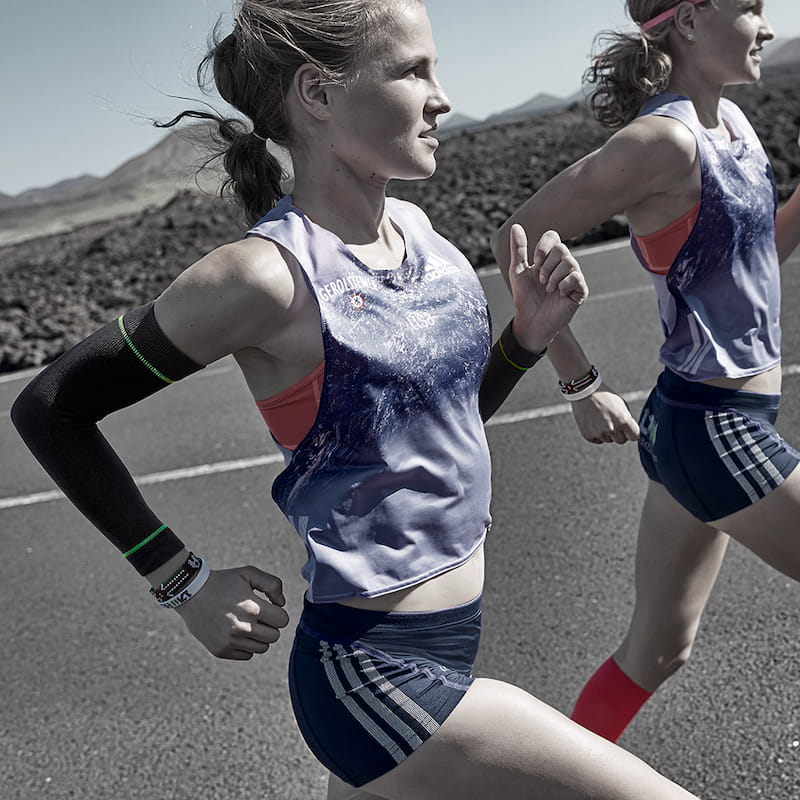

Back Braces vs. Orthoses
Back braces are a more broad category. Within it are soft back braces and rigid back braces, also known as orthoses. Soft back braces are more flexible and meant for minor injuries or to support chronic back pain.
Orthoses are more restrictive because they are used for more severe injuries. They can also be used to compensate for muscle weakness or joint instability in the back.
Tips for Choosing Back Braces
When choosing a back brace, it is important that you first seek the advice of a doctor, physiotherapist, or chiropractor. They will help you narrow down the source of the pain and recommend a brace that will fit well with your needs. There are some conditions or injuries that need a specific brace, so they will be able to help you figure that out.
Choose a brace that you can adjust to fit your body comfortably for the length of time you need to wear it. You should be able to have firm support that doesn’t squeeze you too much or fit too loosely such as Bauerfeind Back Braces.
Get professional advice to determine which back brace works best for you.
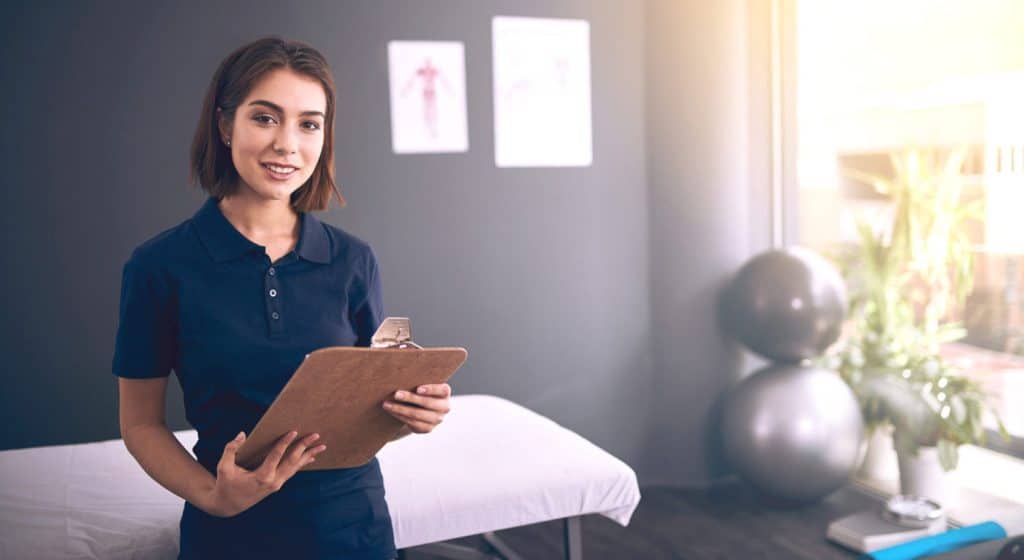
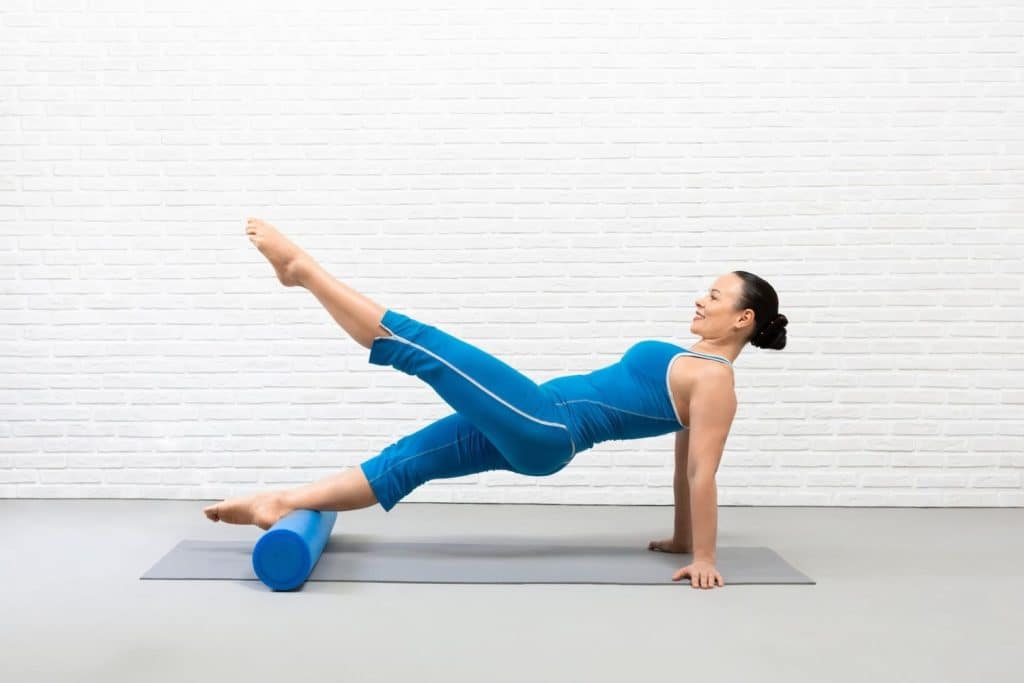
How Long Does it Take for Back Braces to Work?
Unfortunately, resolving back pain is not an overnight thing. When you first wear the brace, there may be a noticeable change in your pain level, especially for more minor injuries like sprains and strains. However, you need to wear your brace according to the instructions you’ve been given for some time before you notice lasting results for major injuries and conditions.
There’s no set time that one can say it takes for the brace to work. Everyone is unique, and their fitness level, extent of the injury, age, and overall health will impact the recovery speed. Being consistent with wearing your brace and following directions will make a huge difference in how quickly you see results. Another factor is whether or not you’re using the back brace alone or if you’re using it along with other treatments, such as physiotherapy and medication.
How to Use a Back Brace Properly
It is important that you use and care for the back support brace properly. As mentioned earlier, you need to be sure that it fits correctly and that you’re using it according to the manufacturer or doctor’s instructions. This includes the amount of time you need to be wearing the brace throughout the day. Extending use beyond that will risk weakening your supporting muscles. Maintain good posture when you’re using the brace. The brace will provide support for this, but be careful of slouching. If necessary, use ergonomic support to make you upright yet comfortable at work.
When you put the brace on, have at least one layer of clothing between your skin and the brace, preferably something light and made of cotton. This keeps the device clear of sweat and protects your skin from chaffing. The skin underneath the brace needs to be regularly cleaned and kept dry. You may need to avoid using lotion there to reduce moisture buildup. You can wash the brace by hand with mild soap and water. Most of them cannot be washed by machine. If it’s an orthosis, it can be cleaned with a damp cloth and towel-dried. In any case, the brace should come with cleaning instructions from the manufacturer. It should be completely dry before you wear it. Remember to check your brace regularly for wear and tear.
If your brace is uncomfortable or you feel like your pain is getting worse, consult with a doctor or chiropractor. You may need a different brace or need to adjust the current one. Another issue to discuss with your doctor is if you have red marks on your skin lasting over 30 minutes after removing the brace or if you notice any sort of blistering or breakout.
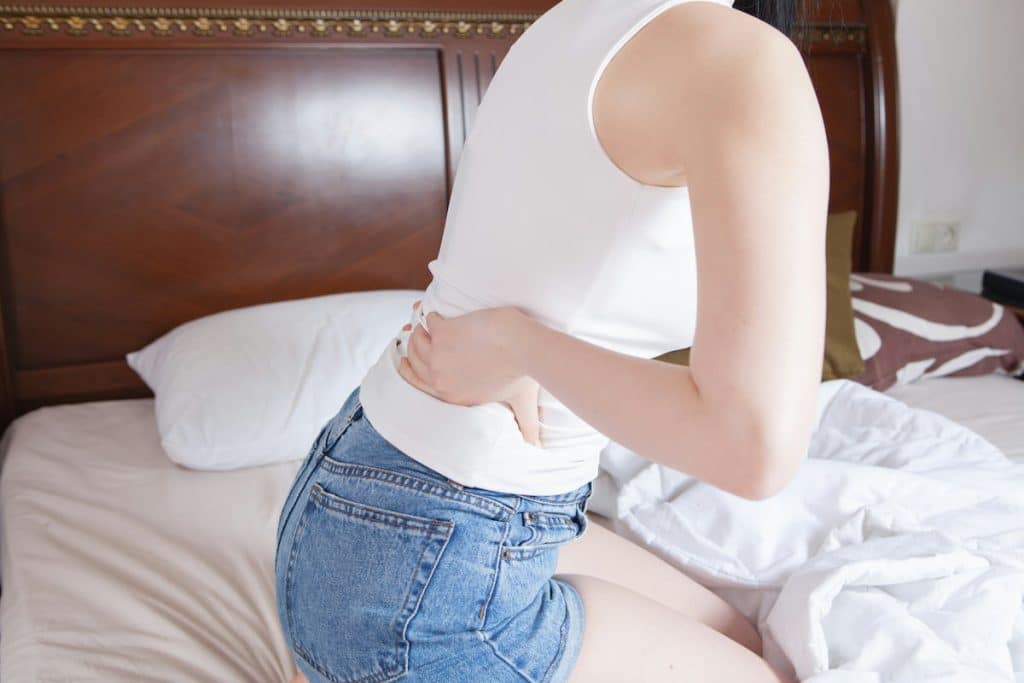
Consult with Our Chiropractors
Newmarket Health & Wellness Center has a professional and dedicated team of chiropractors ready to help you choose the right back brace for your needs. We know how debilitating back pain can be, and we’re here for you in your journey towards getting a stronger, more supportive, pain-free back. You can trust us to put your wellness first.
To get more information about the braces we offer or any other questions you need answered, reach out to our team today.

